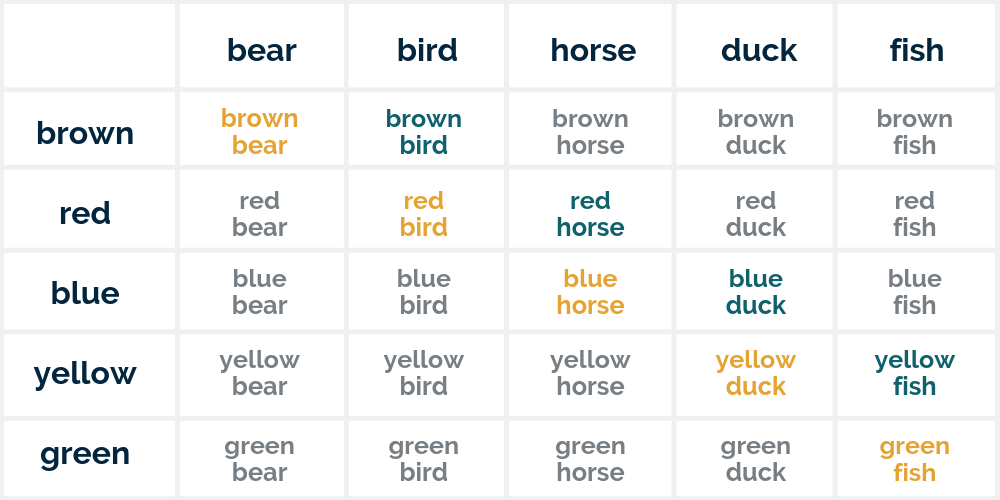As an SLP for more than ten years, quite a bit about what I do during the day is teaching vocabulary. I find this is true whether I work with preschool clients or middle and high school students. Vocabulary is a huge part of what we do, but I’ve found that I’m not always sure that I’m teaching in the “right” - or most effective way.
If you are an SLP, are you wondering the same thing? In this article, I’ll cover what I learned from the research about being better teachers of vocabulary for our students.
Although I learned from a variety of articles, most of these points are from the following article:
Hadley, E. B., Dickinson, D. K., Hirsch-Pasek, K., & Golinkoff, R. M. (2018). Building semantic networks: The impact of a vocabulary intervention on preschoolers’ depth of word knowledge. Reading Research Quarterly. Advance online publication. doi: 10.1002/rrq.225
Consider vocabulary depth: focusing on a smaller word set with a deeper knowledge of the words you teach
Repeated encounters with words (Biemiller & Boote, 2006) - for this study, they read the same book (with targeted vocabulary words) four times, and found 15% of their targeted group learned new vocabulary words with no additional teaching and instead repeated exposure only. This is an important take away for many SLPs who may feel like we need to constantly have new books or new activities.
Explicit Instruction (specifically teaching vocabulary words and definitions) + repeated exposure results in even more vocabulary learning (Bolger et al., 2008) = effective vocabulary strategy
Teach object function (what does it do) and categories (what category does it belong to) as well as related words (for example: ocean, shore, beach) (Gonzalez et al., 2010)
Teach words in more than one setting and activity - for example in book reading and play (Wasik & Bond, 2001); these frequent encounters with words in at least two settings/activities will foster vocabulary development.
With younger students in particular, guided play paired with book reading is effective (Hadley article). What is guided play? The Hadley article lists this as an example - if you were teaching “seed” and “sprout” and “grow,” for the first few play sessions, you’d model these words in farm play with a farmer in play that is more adult-directed (providing play items that go with that theme), and after the first few sessions you would continue to provide those play props but fade your modeling of play, using the same or similar toys.
Teach thematically related words (using the earlier example of: shore, coast, waves, or rain/umbrella, car/garage) - the research here is really abundant and too numerous to mention here, but you can start with (Markman, 1989, Pollard-Durodola et al., 2011; Wasik & Bond, 2001)
If you work with preschoolers, consider the WORLD framework for vocabulary instruction - WORLD stands for Words of Oral Reading and Language Development (Pollard-Durodola et al., 2011; Wasik & Bond, 2001). For now, I haven’t found one consistent place on the internet to find all this information, so I would recommend a google search to see what you can find that is the most current (rather than linking you to something that may expire here). To be completely honest, I haven’t found any reliable resources with good information on this, which is a shame. I’ve reached out to the WORLD peeps in hopes of gaining more resources to include in this blog on a later date.
Matrix training is a great way to learn a lot of words and generalize words you’ve taught or that students already know, and this is great for students of all ages (including older children). This study particularly looked at young children, but could absolutely be used with more difficult words for older children.
What is Matrix training?
For Matrix Training, you teach some words that are then combined with each other, with an idea that untrained examples will generalize. Scroll down for a matrix graphic example.
(Curiel, E.S.L., D. M., Sainato, D. M., & Goldstein, H. (2018). Matrix training for toddlers with Autism Spectrum Disorder and other language delays. Journal of Early Intervention, 40(3), 268–284.)
Interactive Storybook Reading - this focuses on word labeling and developing word meaning through storybooks. Of importance, this particular study focused on students in the DHH population, but one great thing about this study is the article clearly describes how to implement this. The article notes: “ISR instruction is grounded in the theory that children learn language through practicing language and gaining feedback about language from adults, who are scaffolding the interactions carefully. ISR was derived from dialogic reading (Whitehurst et al., 1988). During dialogic reading, the adult asks the child questions about the pictures or story using the book as a shared referent.” This intervention was completed 15-20 minutes a day, 4x weekly for three weeks.
This article had two helpful acronyms PEER and CROWD which can help you implement this strategy.
PEER
P = Prompt, E = Evaluate, E = Expand, R = Reprompt
Here’s an example from the article:
(a) Teacher (prompt): “Who is standing on the ship?”
Student: “Captain.”
Teacher (evaluation and expansion): “Yes, the captain is standing on the ship.”
Teacher (reprompt): “Who is standing on the ship?”
Student: “Captain is on the ship.”
(b) Teacher (prompt): “What does captain mean?”
Student: “Boss.”
Teacher (evaluation and expansion): “Almost right, captain means the boss of a ship.”
Teacher (reprompt): “What does captain mean?”
CROWD
From the Article: “C” indicates a completion question (The ____ is flying.), “R” indicates a recall question (Where did Peter Pan come from?), “O” indicates an open-ended question (Why do you think she is surprised?), “W” indicates a wh-question (What is the captain standing on?), and “D” indicates a distancing question (What kinds of boats have you been on?). Next, the adult evaluates and expands the child's response (Yes! That is a ship. That is a wooden ship.). Last, the adult reprompts the child (What is the captain standing on?).
The article on ISR:
Trussell, J. W., Hasko, J., Kane, J., Amari, B., & Brusehaber, A. (2018). Interactive storybook reading instruction for preschoolers who are deaf and hard of hearing: A multiple probe across behaviors analysis. Language, Speech, and Hearing Services in Schools. Advance online publication. doi:10.1044/2018_LSHSS-17-0085
If you are an SLP with ASHA certification, you can access the article here.
Conclusion - Vocabulary Instruction for SLPs Evidence Based Practice
I hope this article has provided you with some examples and ideas to help you implement EBP for vocabulary instruction. As you are working on teaching definitions you may find www.learnersdictionary.com or www.wordcentral.com are helpful resources for finding word definitions for your teaching activities. If you want to search for a book by topic, concept or search for books by narrative structure.
Matrix Strategy Graphic (From The Informed SLP)
Graphic used with permission (permission given 9/24/29 from Dr Harold, from www.theinformedslp.com)


